Behavioral Activation
Cognitive behavioral therapy (CBT) is an incredibly common and effective modality used to treat depression (and many other mental health concerns). CBT works to mitigate depression through techniques that target cognitions (thoughts) and behaviors. This article will focus on one well-favored behavioral technique utilized in CBT - behavioral activation.
Behavioral activation is based on the belief that certain actions, behaviors, and experiences impact our emotions and feelings. In the case of depression, most individuals experience lack of motivation, lack of interest, fatigue, and feelings of guilt and shame. These symptoms of depression can result in people isolating and becoming less active. The general idea is that isolation and inactivity allows for far fewer opportunities for people to experience pleasure.
Essentially: Isolation + inactivity = less pleasure = lower mood = sustained depression
Therefore, in the treatment of depression, behavioral activation is utilized in an attempt to increase positive emotions and feelings through the use of activities. In behavioral activation, not all activities are seen as good or equal. Some activities may trigger positive emotions, while others may trigger negative emotions. Therefore, while thinking about behavioral activation strategies, it is important to focus on activities that increase connection with others and/or activities that you would find rewarding, pleasurable, or valuable. Once you have identified some pleasurable activities, you begin purposefully integrating them into your day. For example, you may start going for walks after work instead of zoning out on the couch.
Essentially: Social engagement + activities = more possibilities of pleasure = higher likelihood of positive mood = minimized depression
Examples of Behavioral Activation
• Going on a walk
• Going to a new restaurant
• Playing with a pet outside
• Gardening
• Doing social activity (spending time with friends and/or family)
• Going out to a movie
• Trying a new sport
• Joining a community organization
• Being creative/crafty
• Making a playlist
• Cooking or baking
• Having a spa night
• Going to someplace new (restaurant, museum, amusement park, etc.)
• Writing
• Organizing
• Being physically active (going to gym, riding a bike, practicing a sport, yoga, etc.)
• Working on hobby
Just remember that behavioral activation looks differently for everyone because we all value and enjoy different things in life.
Kelsey Cambern, LMSW
